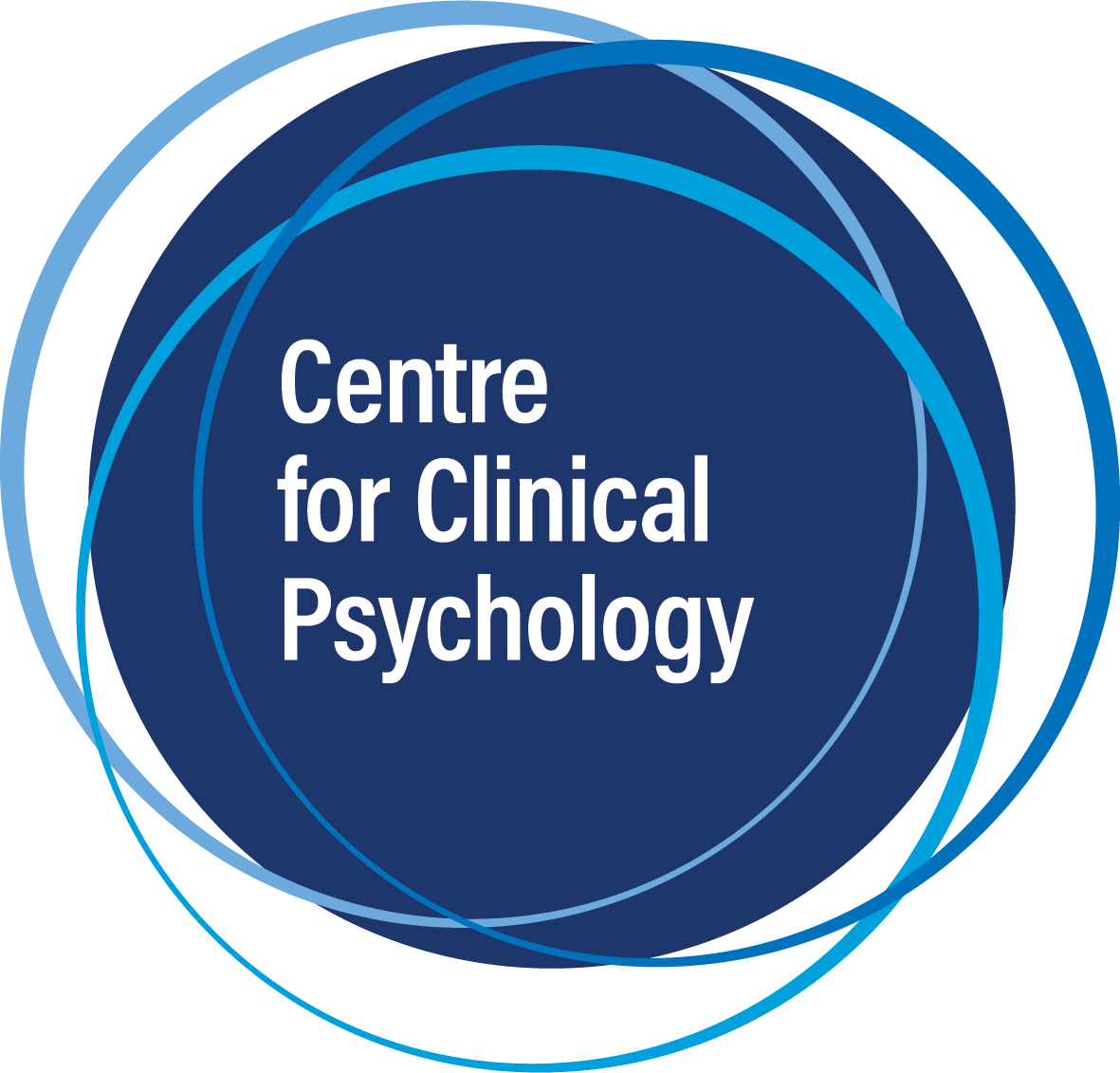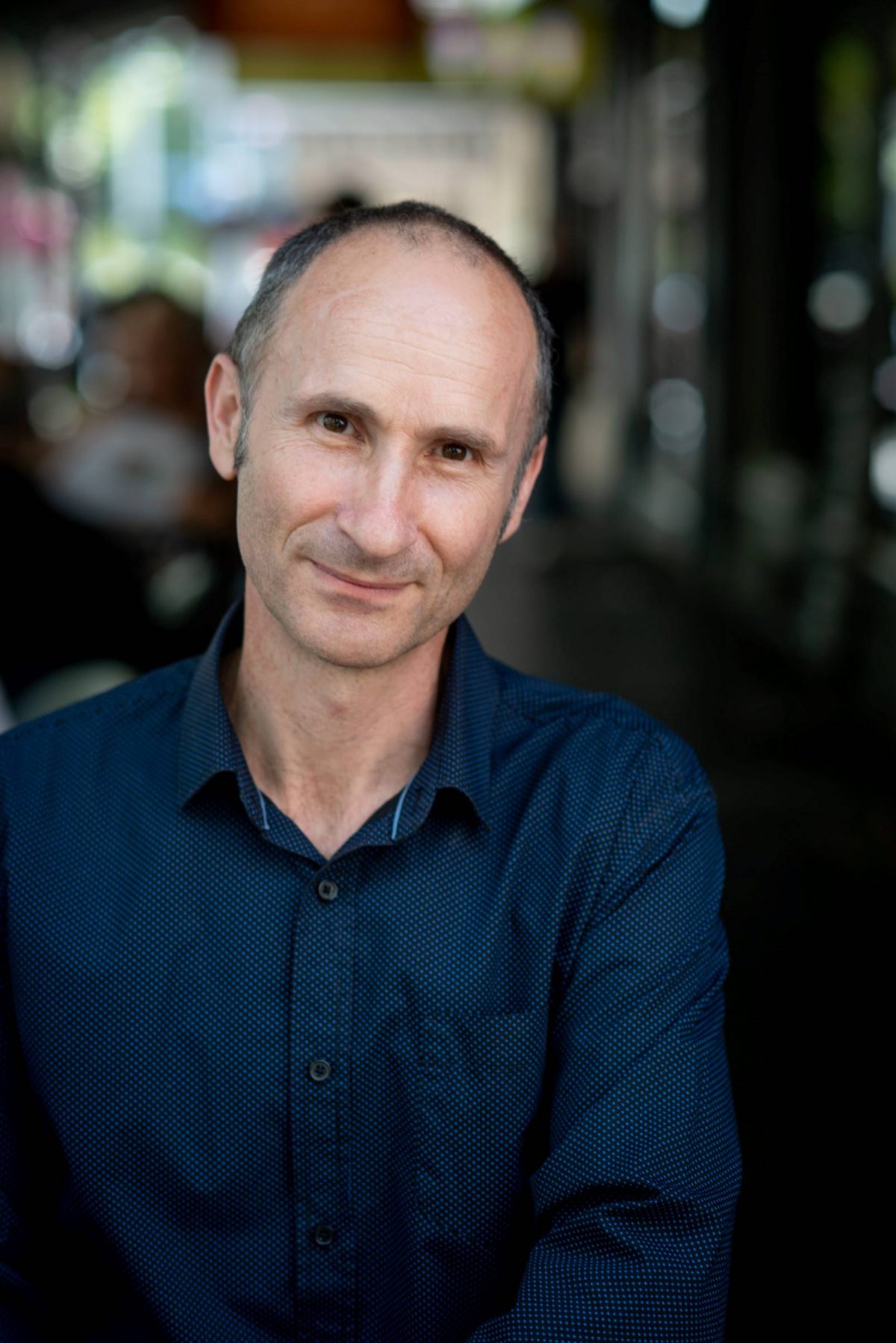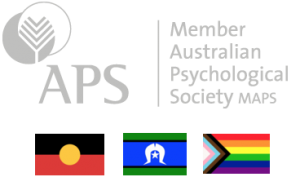Seasonal Affective Disorder (SAD), also known as the “winter blues,” is the commonly used descriptor for a subtype of depression that generally occurs during the winter months when there is less daylight. However, it can also occur in the summer months. Seasonally related depressive symptoms include loss of energy, hypersomnia, overeating, weight gain, and a craving for carbohydrates (APA 2022).
The exact cause of SAD is not known, but it is thought to be related to changes in the body’s natural circadian rhythms and the production of the hormone melatonin. The prevalence of the winter-type seasonal pattern of depression appears to vary with latitude, age, and sex. Prevalence increases with higher latitudes. Age is also a strong predictor of seasonality, with younger persons at higher risk for winter depressive episodes (APA 2022).
How worried should I be about SAD this winter?
The short answer is not much! About 5 percent of adults in the U.S. experience SAD (seasonal depression) and it typically lasts about 40 percent of the year. It is more common among women than men (Torres, 2020).
In Australia the adult prevalence is much smaller, at about 0.33% or about 1 in 300.
Perhaps in Australia psychosocial stressors that are related to seasons may be part of the issue. The DSM-5 diagnostic criteria include a note. “Note: Do not include cases in which there is an obvious effect of seasonally related psychosocial stressors (e.g., regularly being unemployed every winter).” (APA 2022)
Treatments
There are several treatments available for depression that occur seasonally. Cognitive Behavioural therapy (CBT) is effective for treating seasonally related depression (Torres, 2020). Similarly, light therapy (Pjrek et al 2020), has been shown to have a good effect. The two forms of therapy are comparable in efficacy during an acute episode (Rohan, 2008) However, the CBT treatment also appears to buffer against relapse the following winter (Evans, 2013).
The team at the Centre for Clinical Psychology are skilled in the assessment and treatment of all forms of depression. If you think your patient is depressed please contact us. To make an appointment, call 03 9077 0122 or book online at https://ccp.net.au/booking/
References
American Psychiatric Association. (2013). Diagnostic and statistical manual of mental disorders (5th ed.). https://doi.org/10.1176/appi.books.9780890425596
Depressive Disorders. (2022). In Diagnostic and Statistical Manual of Mental Disorders (Vol. 1–0). American Psychiatric Association Publishing. https://doi.org/10.1176/appi.books.9780890425787.x04_Depressive_Disorders
Evans, M., Rohan, K. J., Sitnikov, L., Mahon, J. N., Nillni, Y. I., Lindsey, K. T., & Vacek, P. M. (2013). Cognitive Change across Cognitive-Behavioral and Light Therapy Treatments for Seasonal Affective Disorder: What Accounts for Clinical Status the Next Winter?. Cognitive therapy and research, 37(6), 10.1007/s10608-013-9561-0. https://doi.org/10.1007/s10608-013-9561-0
Hunt, M. (2020, August 4). Are some people more at risk of getting SAD in winter? ABC Everyday. Retrieved May 7, 2023, from https://www.abc.net.au/everyday/are-some-people-more-at-risk-of-getting-sad-in-winter/12478178
National Institute of Mental Health. (2016). Seasonal Affective Disorder. https://www.nimh.nih.gov/health/publications/seasonal-affective-disorder/index.shtml
Pjrek, E., Friedrich, M. E., Cambioli, L., Dold, M., Jäger, F., Komorowski, A., Lanzenberger, R., Kasper, S., & Winkler, D. (2020). The Efficacy of Light Therapy in the Treatment of Seasonal Affective Disorder: A Meta-Analysis of Randomized Controlled Trials. Psychotherapy and psychosomatics, 89(1), 17–24. https://doi.org/10.1159/000502891
Rohan, K. J. (2008). Coping with the seasons: Therapist guide: A cognitive-behavioral approach to seasonal affective disorder.
Torres, F., M.D., MBA, DFAPA (2020, October 1). Seasonal Affective Disorder. Retrieved May 7, 2023, from https://www.psychiatry.org/patients-families/seasonal-affective-disorder#



